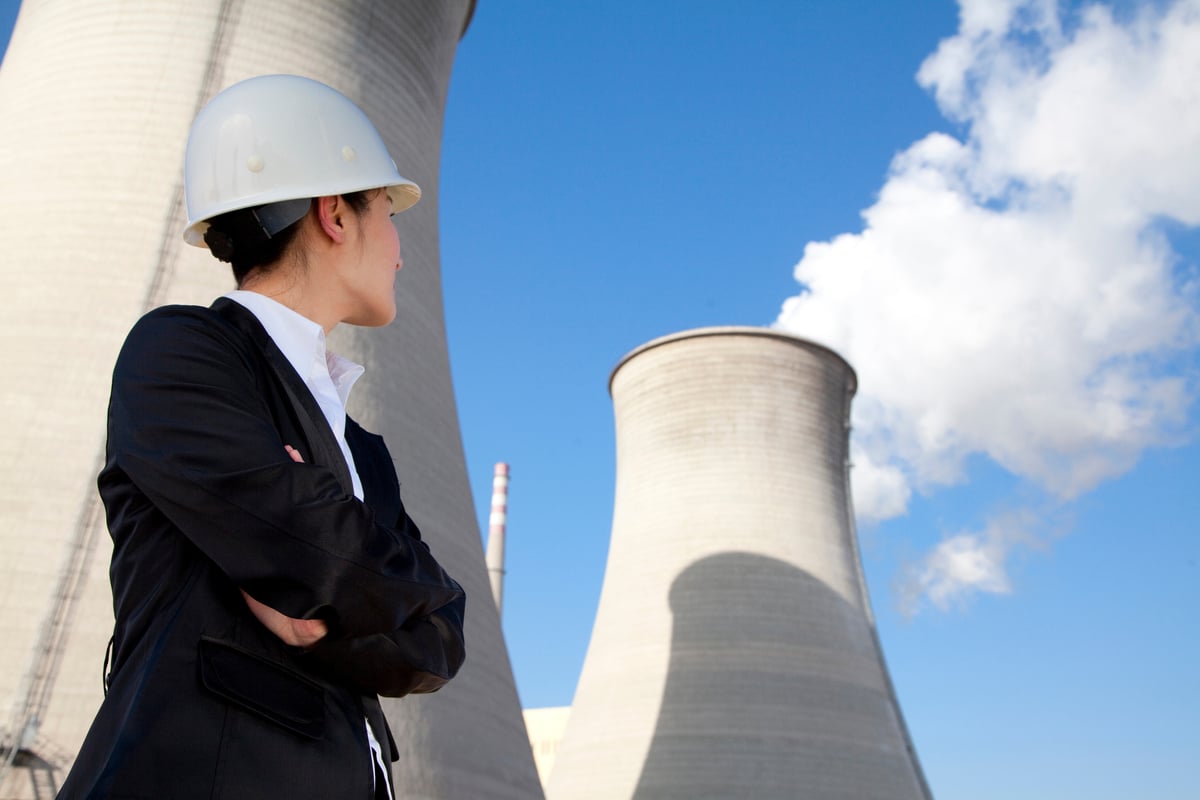First Solar (FSLR +1.06%) has been in a tough strategic position since Chinese silicon solar manufacturers began building out tens of gigawatts of supply of solar panels. The company's solar panels weren't as efficient as silicon solar modules, and management was left scrambling once the cost of those commodity modules dropped below First Solar's costs.
But a renewed focus on research and development has changed that position and an upcoming yieldco could unlock even more value. Below is a selection of CEO Jim Hughes' thoughts on First Solar's position in the market and what he expects for the future that came from the company's first quarter earnings conference call.
Efficiency has taken a huge step forward
[O]ur module conversion efficiency continued to improve in the first quarter, with our full fleet averaging 14.7% efficiency, an improvement of 30 basis points from Q4. Our lead line efficiency averaged 15.6% for the quarter, an 80-basis-point improvement quarter over quarter, and 140-basis-point improvement versus Q1 of 2014. This improvement is the largest sequential and year-over-year increase in our lead line efficiency in the history of the company. Even more impressive is the recent performance of our lead line, which has reached a new milestone for module efficiency of 16.3%.
Fourth-quarter 2014 fleet efficiency was 14.4% and the best line was 14.8% efficient, so the jump to 16.3% on the best line in April is huge. This puts First Solar ahead of conventional solar panels, reversing its weak competitive position of the last few years.
Improved efficiency lowers project costs and will drive more project wins just as the industry is beginning to grow sustainably. That's great news for investors.
Head of conventional solar panels
Energy density, which is energy yield per meter squared, incorporates several other factors beyond efficiency alone. These other factors include temperature, humidity and shade tolerance. CdTe [Cadmium Telluride] technology has advantages in each of these areas over our multicrystalline competitors.
First Solar has often talked about its technology's advantage over silicon-based solar panels, but low efficiency negated those advantages. Now, First Solar should be able to sell those advantages to project developers and price projects in harsh environments based on this superior performance. But once again, it the improvement in technology is what makes this possible.
Ramping up growth
As a result of the improving competitiveness of our module and the continued demand we see ahead of the potential [investment tax credit] step-down after 2016, we are ramping our factories to full utilization. Also, as we indicated previously, we are adding two additional lines at our Ohio location. We are virtually sold out for 2015, and we are increasing our contracted volumes for next year."
The U.S. investment tax credit, or ITC, is due to drop from 30% to 10% for commercial solar projects in 2017. Before it does there will be a huge surge in solar projects built domestically. To meet that growing demand -- which is now coming because of higher efficiency panels -- the company is stepping up utilization and turning on manufacturing lines that had been shut down. The result should be significant shipment growth through the end of next year.
International diversity provides stability
Internationally, we continue to make strides in India, where we booked another 75-megawatt (inaudible) of self-developed project. This brings our captive project total in India to 200 megawatts AC and demonstrates the progress we are making in this rapidly growing market.
India has its sights on building 100 GW of solar by 2022 and should be one of the largest markets in the world this year. But it has also been hard for companies to penetrate because of previous local content requirements. First Solar is slowly breaking into the market; with the advantages its thin film panels provide in harsh environments this should be a growth market for many years.
International diversity provides stability
Our opportunity set outside of North America stands at 8.3 gigawatts, or 59% of the total [backlog]. Our transition to sustainable markets outside the US is gaining traction, as we are increasingly seeing the results of our investments in developing regions. More than half of our mid- and late-stage opportunities are now in international markets.
When the ITC does expire, the U.S. solar market could shrink dramatically overnight. So, it's important for First Solar to have a large pipeline outside the U.S.. Growth in India will help, but the company is doing business in dozens of markets around the world. That large percentage of foreign backlog should set up First Solar for success in a post-ITC world.
One of the best in solar
I've had many questions about First Solar in recent years, but the execution on its technology road map and bullish moves to increase production should bring the company back to the forefront in solar. Add in the diverse set of regions the company is serving and I think it's one of the lowest-risk players in the industry.
Now is the time to jump on this solar giant before the rest of the market figures out how important the company's technology gains are.






